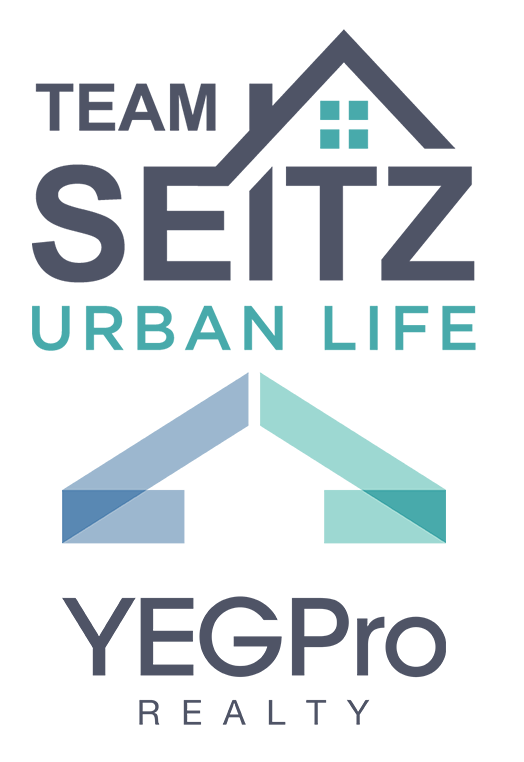Brander Gardens, formally known as Glamorgan, is located in an area annexed to the City of Edmonton in 1960. In 1961 the area was included within a plan for phased development of a large portion of southwest Edmonton. In 1967, just prior to preparation of the overall plan, Brander Gardens was the subject of a subdivision re-plot. The remnants of this earlier subdivision are evident in the large lots on the neighbourhood’s west side.
In 1969, Brander Gardens was included within the Riverbend-Terwillegar Heights Outline Plan. The Outline Plan detailed a development scheme for a comprehensively planned and selfcontained community, and was the first of Edmonton’s residential areas to be planned on such a large scale. Almost all of Brander Gardens’ housing was constructed during the 1970s. Most dwelling units are row housing and low rise apartments, which are clustered along the major traffic routes, recreational sites, and shopping centre. The overall purpose of the plan is to provide for efficient travel while minimizing the negative effects of traffic on residential streets. Interior residential
streets have curvilinear and cul-de-sac patterns. A number of strategically placed pathways, including the open space of a pipeline right-of-way, promote pedestrian and bicycle travel through the neighbourhood.
Brander Gardens is located adjacent to the river valley, with Fort Edmonton Park just to the north.
The residents of Brander Gardens are served by businesses located in the Riverbend Shopping Centre. As well, proximity to the Whitemud Freeway facilitates access to other major commercial and employment areas in the city.
Brander Gardens was named in honour of George Brander who came to Edmonton in 1921
and established a peony garden in the Bonnie Doon Area. The gardens were an attraction for
Albertans until the 1940s and were the source of most of the peonies in Alberta.

